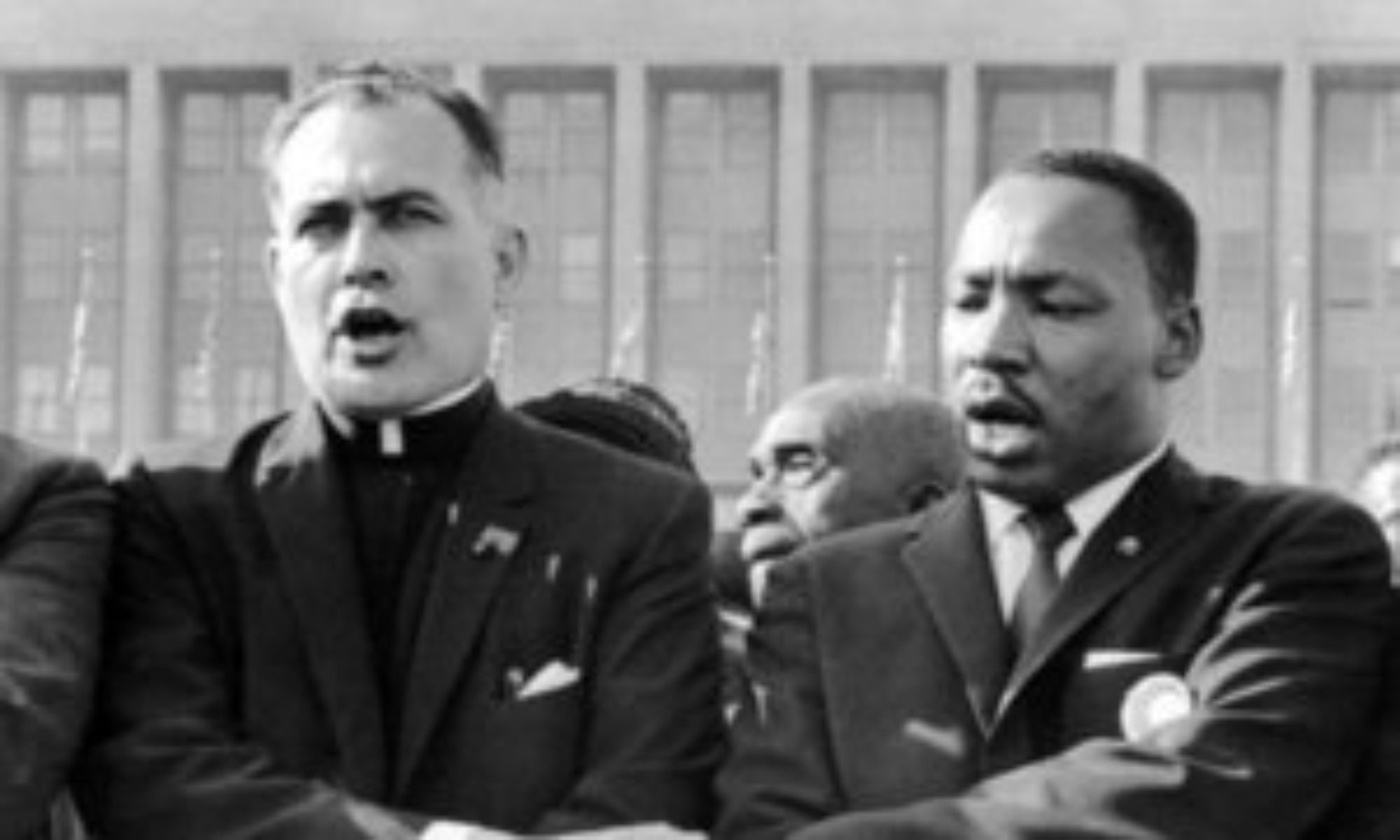This year, when I and most likely hundreds of thousands of other people walk in the March for Life in Washington, D.C., we will be doing so with greater optimism than we have had in many years. We have a president in the White House who promises strong measures to protect the unborn.
This is ironic. I did not vote for Trump in good part because of his many statements that augured exclusions of entire classes of people from our national life as well as the compromise of human rights. Yet he is quite likely to take serious measures towards including the unborn in our national community. Meanwhile, the other candidate promised inclusion and tolerance but would exclude the unborn from the human family right up to the moment of birth. Her party brashly celebrated its extreme abortion rights stance and made no room for pro-life voices in its 2016 national convention, just as in 2012.
This is what may be called the abortion paradox: Powerful organizations and sectors that profess themselves devoted to human rights and the protection of the weak are indifferent to or even support the largest human rights violation in the world. Major mainstream human rights organizations, much of the development community, and the preponderance of voices for justice in academia practice this paradox.
The largest human rights violation in the world? Yes, these are strong words. Readers of this post may not agree that unborn persons are fully human and so may demur. Suffice it to say that at the moment of conception, the fertilized ovum is an entirely unified individual human being, wholly distinct from (albeit highly dependent upon) his or her mother, and begins a process of development that, unless halted by nature or human hands, will last the entire career of his or her life. Embryo textbooks make it clear: Conception is when you started being you.
When a person starts being a person, he or she has human rights. It follows that the right of unborn persons to life is violated on a scale of around one million annually in the U.S. Globally, the World Health Organization estimates that some 40-50 million abortions take place every year, though other estimates place it around 12 million. Either way, the numbers are orders of magnitude beyond other classes of human rights violations, including those committed in the largest civil wars and massacres of the past generation.
Yet, in 2007, Amnesty International, the world’s most venerable human rights organization, declared its support for abortion rights – the human right to carry out a major human rights violation. Human Rights Watch supports abortion rights, too, as do major development organizations like Oxfam, as have top United Nations officials in human rights and development. Often they cite their goal as providing clean, safe abortions for women but almost never do they mention the rights of the other person affected by abortions.
The Democratic Party included leaders who professed pro-life stances around the time of Roe V. Wade, including Massachusetts Senator Edward Kennedy and civil rights leader Jesse Jackson. It was not at all inevitable that the Democrats — the party of the little guy — would be the party of abortion rights. Once the abortion lobby gained control of the issue in the early 1980s, though, it became impossible to become a national leader in the party and still be in favor of the right to life for unborn persons. Politicians like Albert Gore and Richard Gephardt abandoned their previous pro-life stances. Now legendary is the denial of a speaking spot at the 1992 Democratic National Convention to Pennsylvania Governor Bob Casey, who watched the proceedings from the rafters of the arena.
The upshot of the abortion paradox is that advocates of the right to life for the unborn receive no help from and are in fact opposed by some of the most powerful organizations that advocate for human rights and for the welfare of the world’s most vulnerable people. Compromised is the credibility of the human rights movement, which comes to look more like an ideology. The same paradox stands in the way of a unified coalition for human rights and of the possibility of a political platform that would support the right to life as well as provide substantial material help to women giving birth and to children at the youngest age. Instead, we are left with Trump for Life. In this endeavor, may he prosper.
